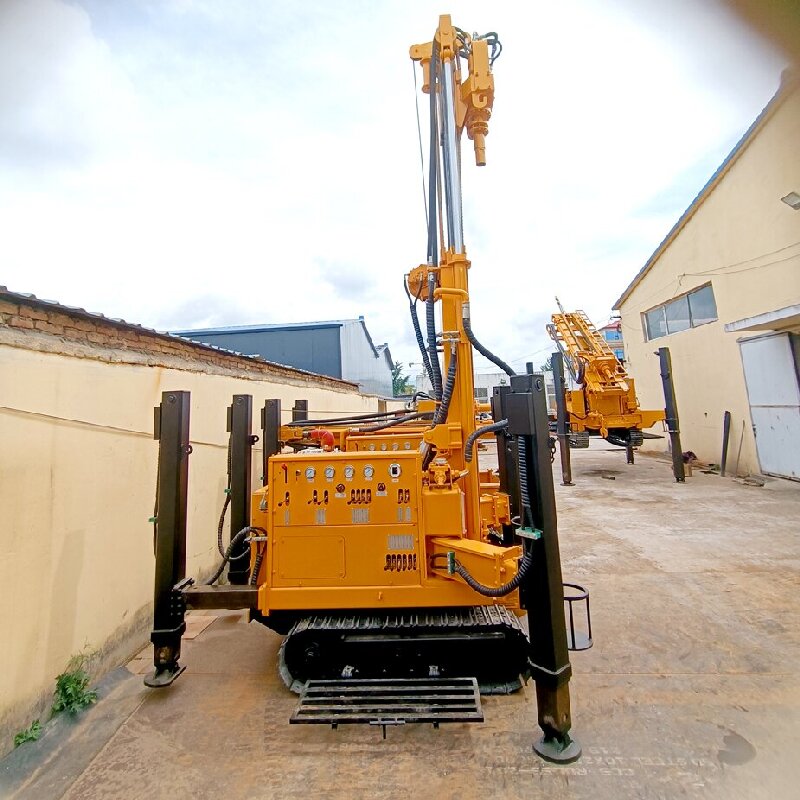How to get water in industrial parks
The following are some common methods of obtaining water resources for industrial parks:
Rivers and lakes: Taking water from nearby rivers and lakes is the most direct method, but it needs to consider the quality and quantity of water as well as the impact on the ecological environment.
Reservoirs: The construction of reservoirs for water storage can regulate the amount of water to meet the water demand of industrial parks, but the terrain limitations can not be fully popularized.
Desalination: In coastal areas, fresh water can be obtained through desalination technology, which is limited by terrain and high cost.
Surface runoff collection: collect surface runoff, used for plant greening, road washing, etc., the flow is small, the water quality is poor.
Industrial wastewater treatment: industrial wastewater is treated and used for production or greening after reaching the reuse standard.
Domestic wastewater treatment: treatment of domestic wastewater, after reaching the recycling standard, it is used for cleaning or greening, the cost is high, and it can't fully meet the demand for domestic water.
Water diversion project: through the construction of diversion canals or pipelines, water diversion from other areas, the cost is high and the construction time is long.
Shallow groundwater: Exploitation of shallow groundwater, but care should be taken to prevent the decline of the water table and salinization of the soil, groundwater resources are abundant, the quality of water is stable, the construction of wells is short, fast and effective.
Deep groundwater: deep groundwater mining, requires a certain amount of mining costs, long service life of the wells, relatively stable water quality, large amount of water to meet the needs of industrial and domestic water.

Factors affecting access to water resources in industrial parks:
Geographical location: Geographical location determines the abundance and type of water resources.
Climatic conditions: Climatic conditions affect the amount of precipitation and evaporation, which in turn affects the supply and demand of water resources.
Level of economic development: The level of economic development determines the demand for water resources.
Policies and regulations: Policies and regulations have a significant impact on the development and utilization of water resources.
Choosing the right way to access water resources requires a combination of the following factors:
Economics: Consider the costs of construction, operation and revenue.
Technical feasibility: Considering the local technical level and conditions.
Environmental impact: Assess the impact on the ecosystem.
Social impact: Consider the impact on neighboring residents.
If you don't know how to choose the right water well drilling rig click on the link below to contact our professional team directly!
Contact us (gzpearldrill.com)